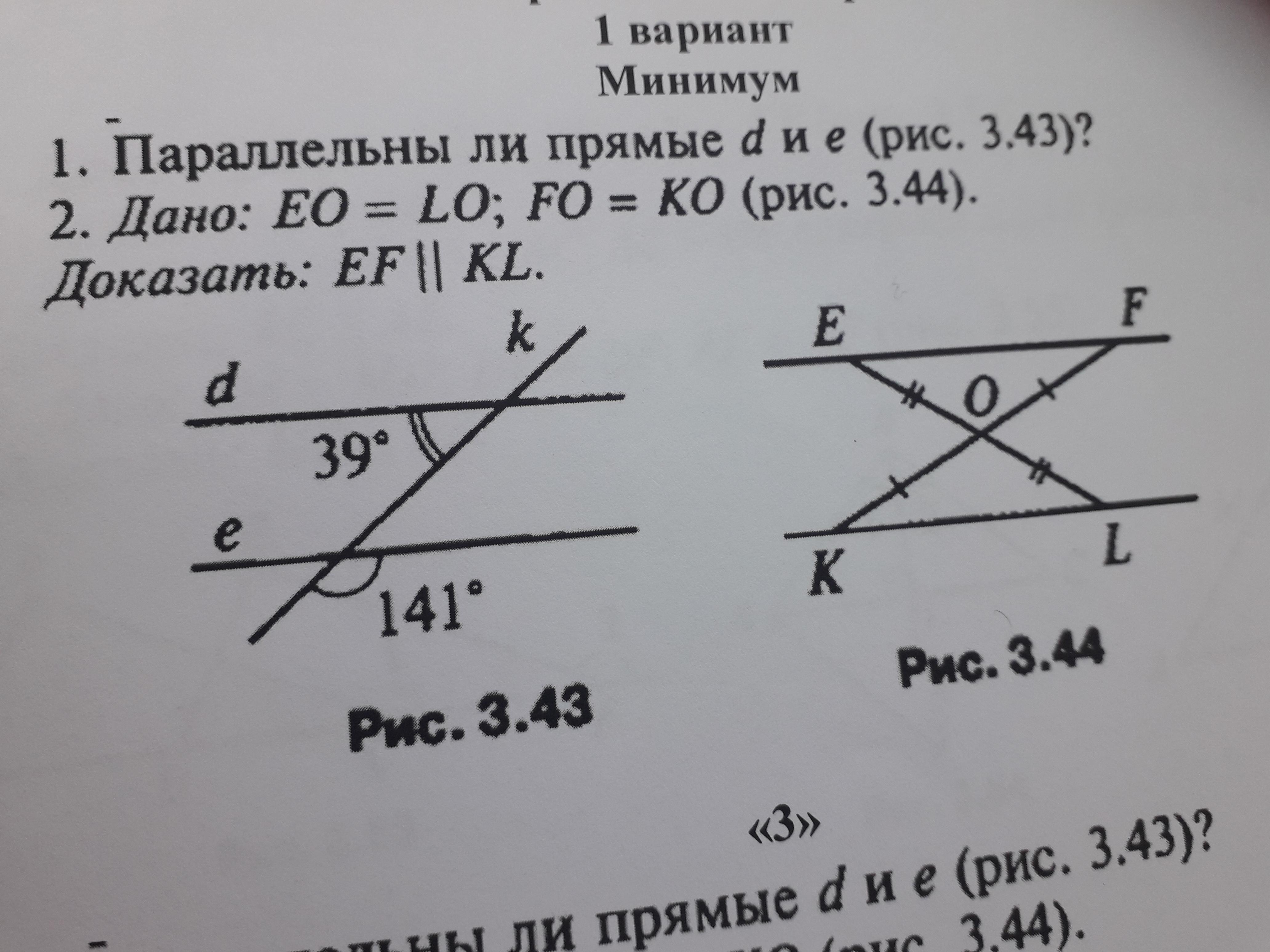Предмет: Геометрия,
автор: Leonsy
Помогите пожалуйста, срочно!!!
Приложения:

Ответы
Автор ответа:
0
Ответ:
хз сама решай сыуууууууууу
Автор ответа:
0
180-41=39 градусов внутренние углы одинаковы значит углы параллельны
2. Накрест лежащие стороны равны
Надеюсь помог
2. Накрест лежащие стороны равны
Надеюсь помог
Похожие вопросы
Предмет: Английский язык,
автор: m0nclous
Предмет: Другие предметы,
автор: Аноним
Предмет: Английский язык,
автор: lirianna126lirianna
Предмет: Физика,
автор: veretelnik5588
Предмет: Русский язык,
автор: hgubatov